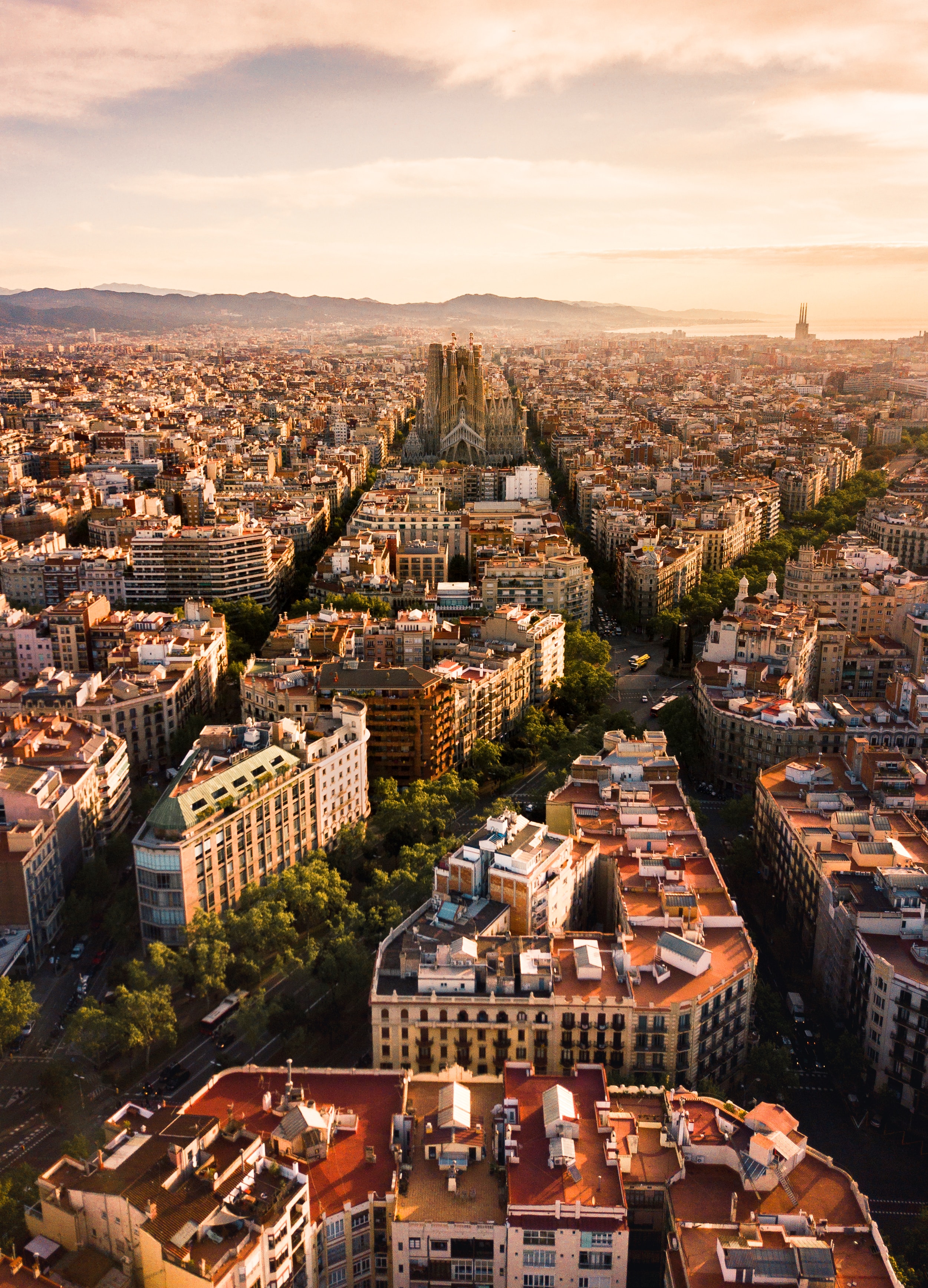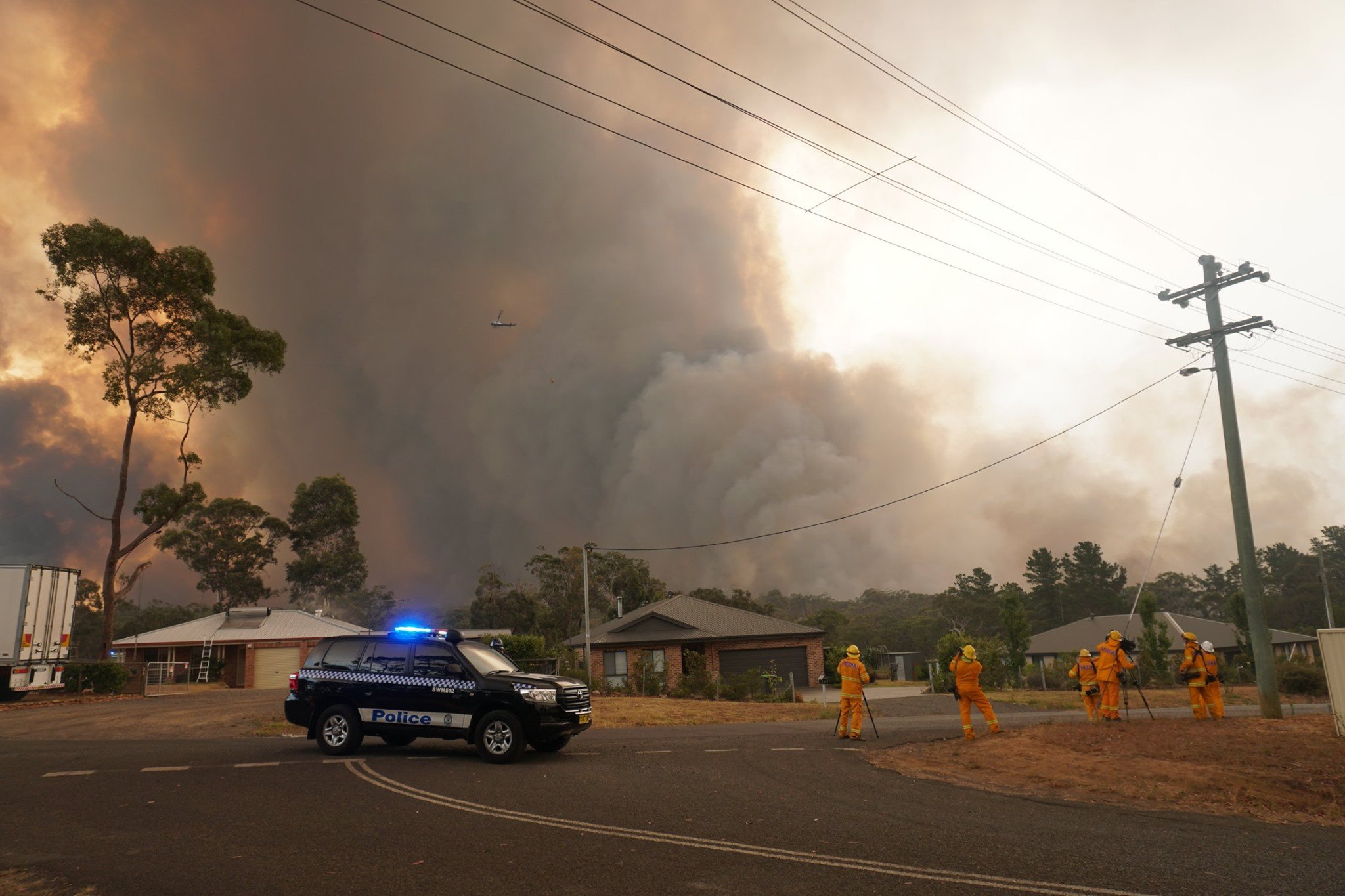
A scientist, two worried mothers and several hundred people who have found their own way to generate energy. What connects them? Concern about Catalonia and its rapidly-changing climate.
It is now the middle of November in Barcelona. Outside it is still warm.
Nights in the tropics
Javier Martin Vide, a climatologist, pores over a sheet of paper. One after the other he makes notes on it: four millimetres, 1.4ºC, 90 days. These numbers represent changes – some we can already feel on our skin and others will only be felt by our children or grandchildren. Vide starts reciting from the second category.
“The sea level is rising here each year by four millimetres,” he explains. “This is relatively little and, for now, no-one will notice it. But in 100 years’ time, the situation may be completely different. In the future, as I see it, tall walls will barricade the beaches and protect the land from the voracious sea.”
If these walls are not built, then Barcelona will be swamped by water. We can see this new landscape in an internet ‘simulation’; one click takes us straight to the year 2200. Suddenly El Prat Airport and its surrounding districts disappear under the waves. But not today; not yet, anyway. For now, the average resident of Barcelona feels the heat above all.
“Since the second half of the nineteenth century, the temperature of the Mediterranean region has jumped by 1.4 degrees,” says Vide. “The summers are longer; it is mid-November, and just a few days ago we were still walking around in short sleeves. In addition, the nights are hot: the night time temperature in Barcelona only falls below 20 degrees for 90 days in the year.”
He asks me if I was in the city last summer. When I nod, he smiles knowingly. He doesn’t have to spell out to me how it feels to toss and turn all night from the suffocating hot, sticky air.
Noches tropicales (‘tropical nights’)





